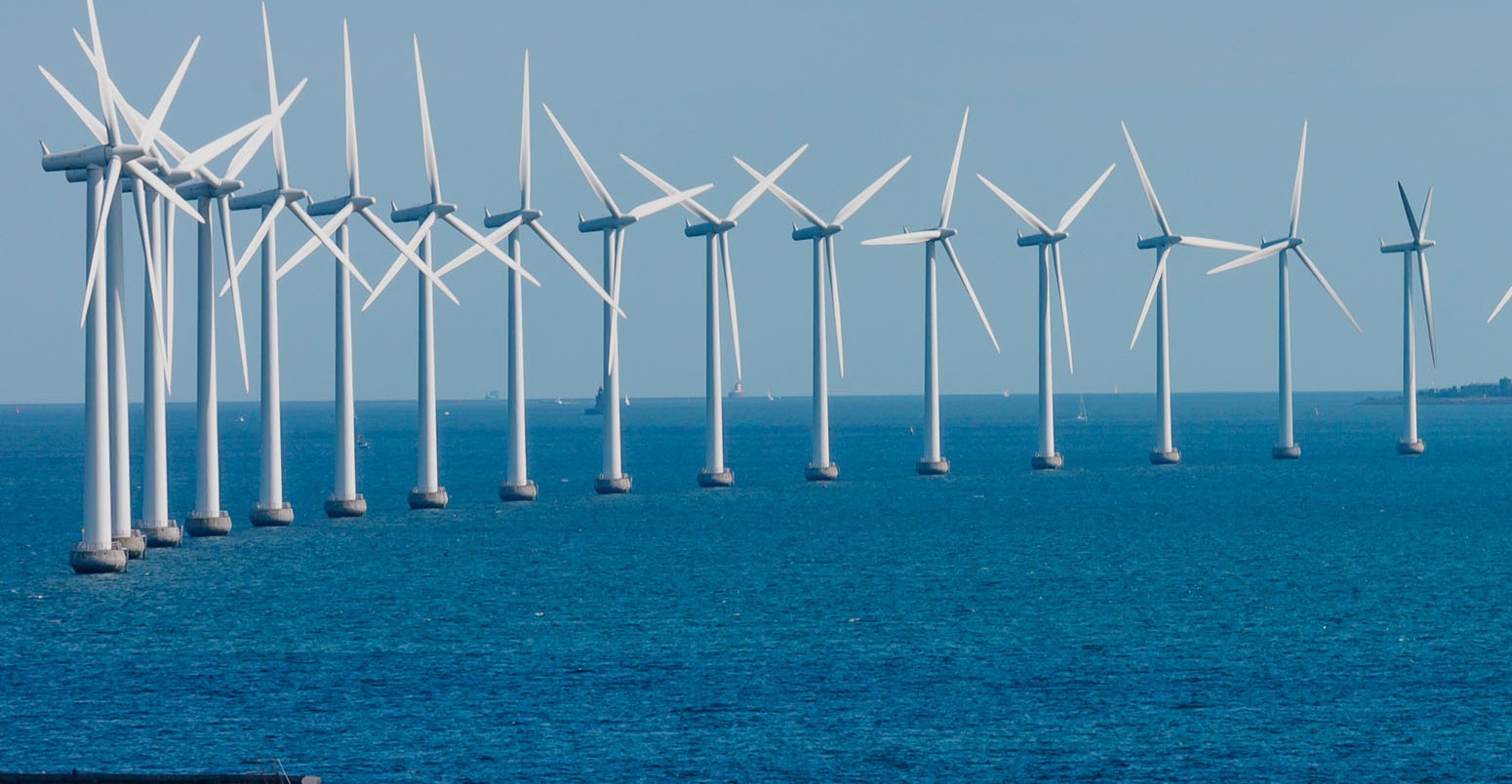Poland must accelerate investments into onshore wind energy capacity, as it is the only viable power source for the domestic steel industry until green hydrogen becomes available beyond 2030, according to Polish steel mill representatives.
The fuel of the future is likely to be hydrogen, but it will be at least ten years before green hydrogen technology becomes viable, with grey and blue hydrogen bridging the gap until then, Polish Steel Association (HIPH) president Stefan Dzienniak said during a webinar organised by the Polish Wind Energy Association (PSEW). To survive those ten years, “we are in need of cheap electrical energy. This energy can be supplied today by the cheapest of all sources, wind farms,” he observed.
Wholesale electrical energy prices have soared in line with increasing EU Emissions Trading System (ETS) allowance costs in the last two years, which have gone from €5-7/tonne to €55/t, and “this probably isn’t the end [of the rise]”, Dzienniak commented at the event attended by Kallanish.
“There is maybe no other path than to search for cheap energy from renewable sources,” he continued. “Without this energy, the steel industry will in this decade come to an end in the EU, not just in Poland – maybe earlier in Poland than in other countries.”
The fears of carbon leakage are being realised, with the EU losing 50 million tonnes/year of steelmaking capacity in the last decade. Poland lost 2m t/y only last year, which was exacerbated by the Covid-19 pandemic but caused mainly by high energy costs. “If we want to rescue what is left in Poland’s steel industry, we should as soon as possible switch to renewable energy,” Dzienniak observed.
Another factor is changing customer attitudes. “A lot of customers will in the coming years probably ask us, ‘what energy do you use to produce steel?’ and probably many customers, not all but many, will be ready to pay a few euros more if you produce it from renewable energy sources,” Dzienniak said.
Meanwhile, CMC Poland President Jerzy Kozicz said energy is an existential question for Poland’s steel industry and there is no reason why onshore wind energy cannot be produced in Poland to the same extent as in Germany. Polish investments into renewables must be accelerated, he stressed. Wind power is more viable than solar as the latter requires huge areas of land.
CMC Poland’s electric arc furnace alone consumes the same amount of energy as the city of Krakow, and the rolling mill as the city of Katowice, Kozicz explained.
Direct reduced iron production is a new concept in Europe and it will take time to establish DRI plants in Poland. These would be initially fed with natural gas or coke oven gas during the transition phase to green hydrogen. “We don’t anticipate that hydrogen will be accessible for Poland’s steel industry before 2030,” Dzienniak concluded.
Adam Smith Germany






